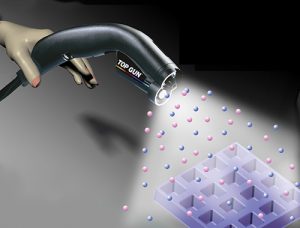
Electrostatic Discharge in Electronics & Semiconductor Manufacturing: The Hidden Risk of Inductive Charging
Electrostatic Discharge: The Hidden Risk of Inductive Charging in Electronics & Semiconductor Manufacturing Understanding Electrostatic Discharge (ESD) Risks Electrostatic discharge (ESD) is a critical concern





